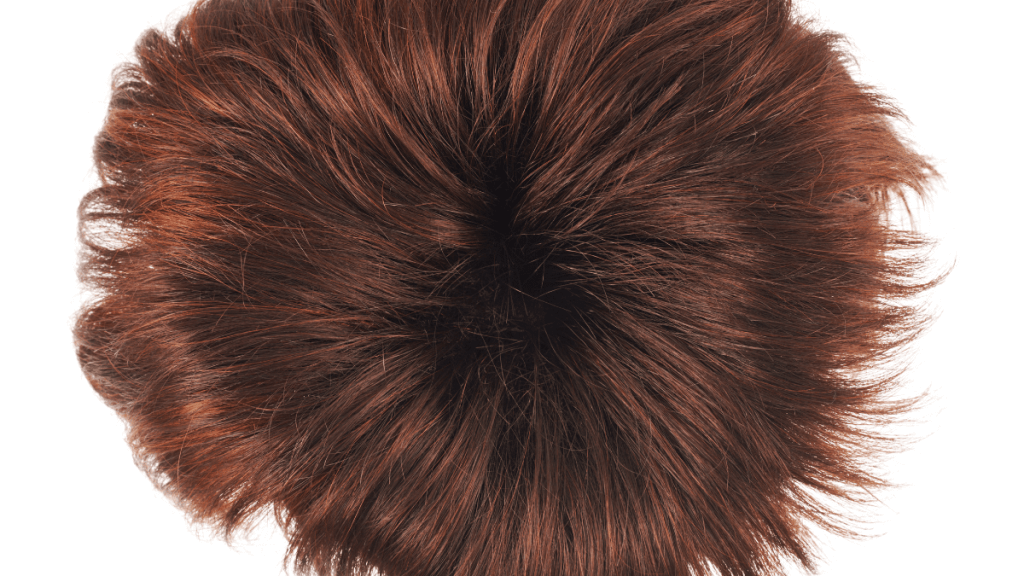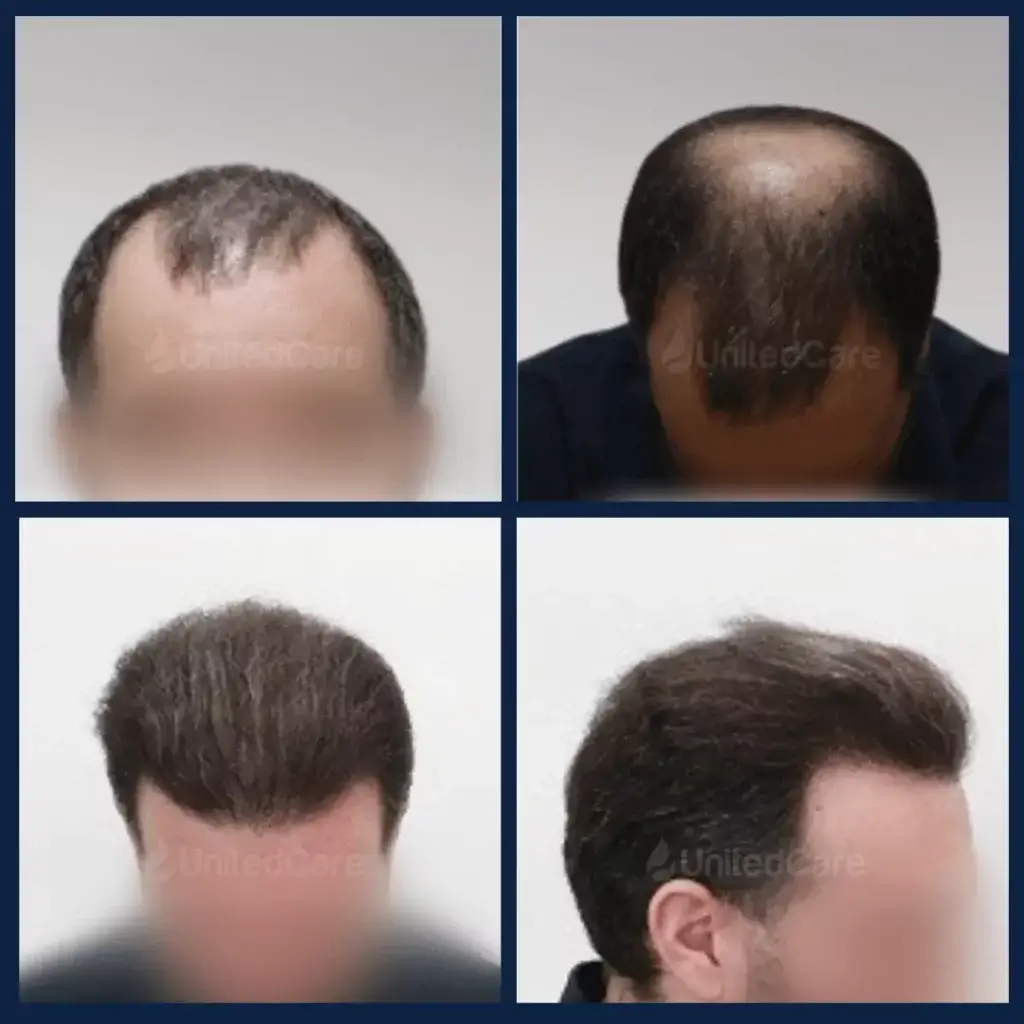As of 2023, treating hair loss and baldness is no longer a challenge or a mystery.
Patients can now choose between various options to end their balding permanently. So, today’s world’s struggle is about making a decision.
If you are ready to grant yourself a better outlook now, the commonly trusted options are hair transplant surgeries or wigs and hair patches.
Both options provide you with a different package of advantages and disadvantages, so both of them work better for different situations.
In today’s article, I will go over them thoroughly; that way, you can decide which is best for you:
Table of Contents
Let’s start with wigs and hair patches first:
Wigs and Hair Patches

Wigs and hair patches are among history’s first attempts to bring back a natural hair look.
So, in many ways, not only are they quite the opposite of hair transplants, but they are also much more simplistic and straightforward.
They are an instant solution to balding as they simply work by covering up your hair with a fake one. However, they are not a solution to hair loss.
That is because they do not prevent advancing hair loss in any way and only cover it up when wearing it.
So, the question is, can you wear it all the time?
Can you get a permanent wig?
No. Some brands and products claim to provide you with a permanent wig, which is very misinforming.
They are called “permanent” because they can last slightly longer than average with high maintenance and constant care.
Ultimately, however, they are only a temporary solution for hiding baldness.
So, their biggest cons are that they require constant replacement and clinic visits, unlike a hair transplant, which is a permanent hair loss solution.
But that is not all:
Pros and cons of wigs and hair patches
Let’s go over the basic pros and cons of wigs and hair patches objectively:
Pros:
➡️ They can be made of human hair or synthetic materials such as lace or polyurethane.
➡️ Compared to hair transplants, they are more budget-friendly in the short term.
➡️ They can instantly change your outlook without consuming any time.
➡️ Similarly, you can easily and instantly remove them when necessary.
➡️ There are many options for them in terms of style and colors, making them more appealing.
Cons:
❌ Constant care and maintenance mean increasing prices in the long run.
❌ At best, a wig or a hair patch lasts 6 to 12 months if you show proper care and attention. If not, they may become unusable within just 3 months.
❌ Since it is not permanent, you must see a hairstylist every month.
❌ Wearing them impacts your hairline and natural hair growth. Even your existing hair can suffer permanent damage over time.
❌ Instead of giving you the feeling of a natural hairline, they can do the opposite by giving you itching and irritation in your balding areas.
❌ Fear of losing them during social encounters puts psychological distress on patients.
❌ Most are unavailable for styling, such as curling or brushing. And the only ones that are, the wigs made out of human hair, need special equipment.
❌ They can come out while doing sports such as running or swimming.
❌ They get increasingly more uncomfortable during extreme weather, such as the middle of summer or snowing temperatures.
Hair Transplant Surgeries
Hair transplants are our most modern and technologically advanced solution for male pattern baldness or androgenetic alopecia.
Hair transplants are our most modern and technologically advanced solution for male pattern baldness or androgenetic alopecia.
Within this option, we perform surgeries using local anesthesia on our patients, taking existing hair follicles in their scalps and planting them in their balding areas.
Hair transplants come with different methods for how you want your surgery to be performed based on how much your balding has advanced and your preference.
💡 The most advanced and widely used ones are currently FUT and FUE.
💠 The FUT technique is a bit older and less preferable than the others.
In this technique, your surgeon removes the strip of skin tissue from the back of the scalp. And from that strip, your doctor harvests hair grafts to plant your balding areas.
Generally, extraction and harvesting parts in FUT require less effort and time than other methods.
However, despite this factor creating a still existing demand for FUT, it has a significant downside: Leaving nasty scars.
Since we use stitches to cover the skinless part and join two ends, FUT leaves scars visible even after complete healing.
👉 The best, most common, and guaranteed method for hair transplants is FUE.
In FUE, hair follicles are extracted from the donor site individually using a micro motorized punch and forceps and then planted into the donor area.
With these tools, FUE creates a more precise process without needing a strip of skin, which leaves no detectable (to the eye) scars on the scalp.
Its biggest downside is that the surgery lasts longer since hair follicles are extracted individually. So, there is a tradeoff between quality and duration.
That being said, let’s talk about the pros and cons of hair transplants with the first and most obvious one:
How long do hair transplants last?
✅ Forever. The most significant advantage of hair transplants over any other solution for baldness is that with proper post-surgery care, they are permanent.
✅ Furthermore, unlike wigs and hair patches, hair transplants keep their more natural look intact even after decades. So, you will avoid extra expensive maintenance costs in the long run.
🔔 However, I should highlight the proper post-transplant care part again. You will still need put effort into a healthy lifestyle to maintain your transplant.
Keeping your best self healthy and alive isn’t easy, and your recovery time will require effort:
What is the recovery rate of hair transplants?
Usually, the recovery time for a hair transplant surgery takes about 6 to 12 months.
These months are vital, as they directly define whether your surgery can succeed or fail depending on how much of your transplanted grafts survive.
👍 Although this can be seen as a potential con by some patients, once you have shown proper care to your new hair until this period ends, it will permanently outlive any wig maintenance cost.
So, let’s decide which option you should choose:
Hair Transplant vs. Wigs – what’s the right one for you?
Objectively speaking, both options appeal to different types of patients. And depending on your case, you should go for the right one.
Suppose you are experiencing short-term hair loss due to a secondary factor other than baldness, such as undergoing chemotherapy. In that case, wigs and hair patches are your options.
Similarly, if you are on a limited budget, going for wigs and hair patches should be your decision as they are more budget-friendly in the short term.
On the other hand, if you are looking for a more natural-looking and permanent hair loss solution, then a hair transplant is your best option.
⚠️ One final note: Some patients use wigs and hair patches despite having enough hair follicles and a big balding area, both of which are fitting and required for a hair transplant.
🥼 Why? Because they do not know they fit the conditions and, therefore, should and can get a hair transplant.
So, before deciding on your method, we suggest that you take a free consultation first to find out if you are a fitting candidate:
You can know for sure with the right clinic 🩺

At UnitedCare, we begin your hair transplant process by offering you a free one-on-one consultation with our expert doctors to find the best-suited option together.
Our holistic approach provides you with a mix of advanced technologies and bio-enhancements to ensure you do not need another surgery.
After you have decided on a method, we begin the treatment with the utmost attention. But most importantly, we stay in contact with our patients even long after the surgery, ensuring that your transplant becomes permanent.
Affordable hair transplant costs, a holistic approach, and experienced dermatologists on-site are here to provide you with the right solution.
Ready to begin the journey? Click here to start the first step with a free consultation:
Get yourself the permanent hair solution you deserve.
Restore your natural look with a Dermatosurgeon:
Frequently Asked Questions (FAQs)
In what ways are wigs better than hair transplants?
Wigs are great for patients experiencing short-term hair loss due to a secondary factor other than baldness, such as undergoing chemotherapy. Similarly, if you are on a limited budget, going for wigs is the better decision as they are more budget-friendly in the short term.
Do wigs affect hair growth?
No, at least not positively. Wigs do not encourage or support hair growth in any way. However, when used for a long time continuously, they do the opposite and damage the patient’s existing hair.
Can you get a wig and a hair transplant at the same time?
Technically, yes. Wigs cover up the entirety of a patient’s scalp and can be taken off or used at any time. So, after a hair transplant, using a wig is possible. However, it should be noted that just like wigs damage the existing hair in the long term, they will do the same to the transplanted hair.

